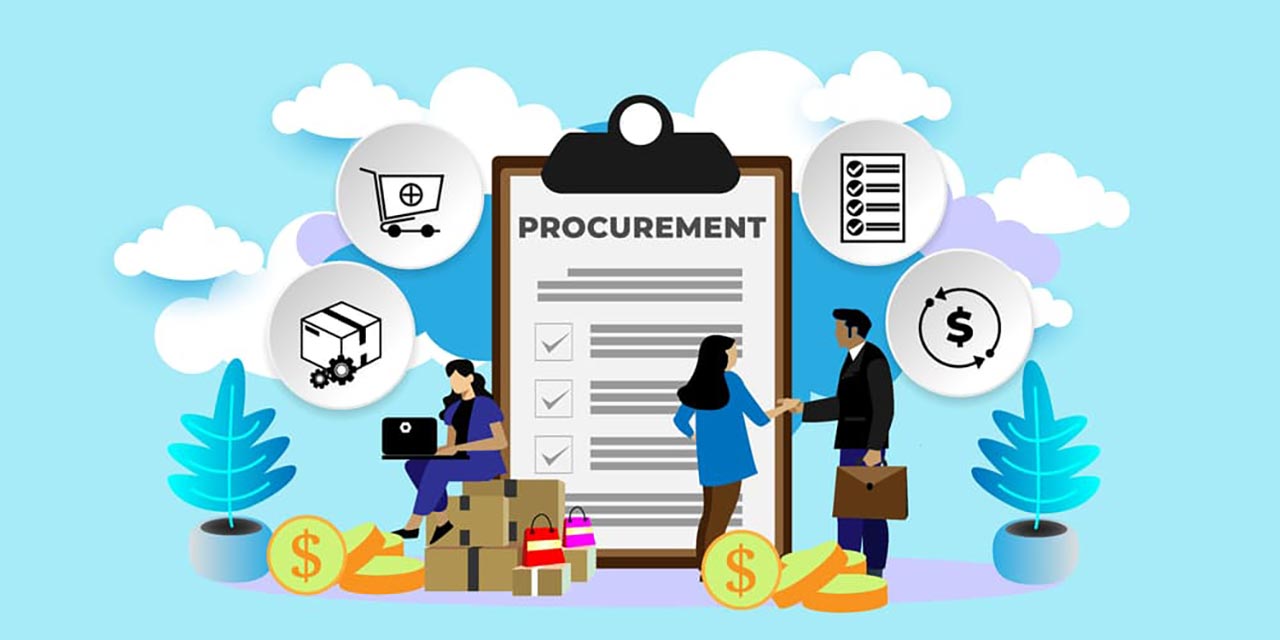When you run a business, you want to get the best deal from vendors. How do you know whether you’re getting goods or services at the lowest possible price? Is there another vendor out there that can offer you a better deal or faster shipping?
This is where expert data analysis can help. By performing a detailed cost-benefit and cost-utility analysis, you’ll sign contracts with the most reliable vendors in your industry. Microsoft’s Power BI is one of the best tools for visualizing this type of data. It displays extensive vendor comparisons to help you make the right decisions.
However, there are a few limits to using Power BI for procurement purposes. Let’s look at the pros and cons.
The Benefits of Using Power BI for Procurement
Although Power BI is a simple visualization tool that displays sets of data in detailed charts or graphs, businesses can also use it during the procurement stage to select the best vendors for raw materials or operational services. The main benefit of using Power BI for procurement is that it makes this complicated and time-consuming process much faster and simpler.
During the procurement stage, managers have to determine which goods or services the business needs to operate or manufacture products effectively. To do this, managers first gather a list of potential vendors or suppliers that can provide them with these raw materials or services.
Not only are there often hundreds and sometimes thousands of vendors to choose from, but it’s also hard to judge which vendor has the best offer at face value. Procurement managers usually spend hours researching individual vendors, including:
- Analyzing the quality of the service and the value that they will bring to the business;
- Negotiating price;
- Reviewing proposals and contracts;
- Discussing transportation, shipping, and other logistical details; and more.
Managers who use Power BI for procurement are able to see all of this data on a single page and even compare multiple vendors at once. Managers can build custom Power BI dashboards that generate visuals based on procurement-related data sets, like material cost or estimated time to delivery.
With the Power BI software, procurement managers can:
- Compare prices and discounts offered by hundreds of vendors to find the best deals;
- Show what times of the year vendors usually offer the deepest discounts so that managers can schedule re-orders or negotiate new contracts at these ideal times;
- Determine which vendors can ship products or materials the fastest; and
- Gather real-time performance data on current vendors, including delivery reliability, product and service quality, lead time, and net margins.
The advantage of using Power BI for procurement is that you can begin using it as soon as you sign up for a Power BI Pro or Premium account. It doesn’t require any special training or knowledge of data analytics. Procurement managers simply select the visuals they want from a set of Power BI visual templates and upload their procurement data into the Power BI cloud system.
With this tool, managers can quickly see which vendors deliver the best products at the lowest price. They can also share these visuals with upper management to justify working with a reliable vendor over an inferior competitor.
Another benefit of using Power BI for procurement is that it helps managers check in on the vendors they already use. It’s common for vendors to change their products or services in an effort to cut back on costs. This may lead to an inferior product or delivery delays. By tracking how vendors are performing every month and frequently comparing current data to this past data, procurement managers will ensure that their vendors are holding up their end of the bargain. You’ll avoid working with vendors that cut corners.
However, while there are many advantages to using Power BI for procurement, it’s not the most advanced system for comparing and tracking vendor performance. There are plenty of limitations to this software that procurement managers may find frustrating.
What Power BI Can’t Do
The main downside of using Power BI for procurement is that procurement managers still have to make most of the decisions on their own. It’s more of an optimization tool than robust decision-making software. Power BI makes data more readable, but it won’t perform any complex calculations for you. You still need to collect quality data and process this data before you upload it into a visual template.
One area in particular that procurement managers may miss with Power BI is the lack of predictive analytics. For example, the price of raw materials like metals tends to fluctuate over time. Vendors may charge you more for these materials in the future due to these changes in the material’s market value. A powerful predictive analytics software could track the historic price of the material and calculate accurate projections of what the price of this material may be in the near future.
Power BI is not a predictive analytics tool. It can only display the data that you supply. You have to use a combination of Power BI dashboards and predictive analytics software to perform these types of complex calculations. The Power BI software can still help you share this predictive data with your team or compare it to other data sets in visual form, but if you want to maximize your data, then you will need more than just Power BI for procurement.
Should You Use Power BI for Procurement?
If you are just looking for a simple visualization tool to help you organize your vendor data and track the procurement process, then using Power BI for procurement is a very wise choice. It features some of the most compelling visuals on the market and is easy to learn, even if you have no experience with this type of visualization technology.
However, if you’re looking for a tool that does more than just display procurement data, then Power BI isn’t the best option. It’s extremely limited in scope when used on its own.
For more advanced data analysis, you should consider hiring a third-party data analytics firm that can create a detailed procurement portal for you. Data experts will build a custom visual dashboard that is as simple to use and as visually compelling as Power BI dashboards. However, unlike standard Power BI dashboards, these dashboards will also be linked to powerful machine learning algorithms and other predictive analytics software that can help you make more reliable procurement decisions.
Procurement is complicated because markets and costs are so inconsistent. When you deploy algorithms that are designed to drill down and identify hidden market trends, the procurement process is much less unpredictable. You won’t have to change your strategy after you lose an important vendor or a vendor suddenly charges more for its products or services. Data analysis can help you predict many of these events in advance, giving you more time to take precautionary steps or start shopping for new vendors.
With the combined forces of Power BI visuals and predictive data analytics, you’ll master the procurement process and run a lean, efficient operation.
If you’re looking for a simpler way to analyze vendor services, contact Tek Leaders today. Our team of data analysts and procurement experts will help you build an efficient system for comparing all of your industry’s leading vendors. We’ll also provide you with the tools you need to keep track of your margins and vendor performance so that you can maintain low overhead and get the most from your investments. If you have more questions about whether you should use Power BI for procurement purposes, you can reach us by email directly.
Shashank Reddy Tummala.



